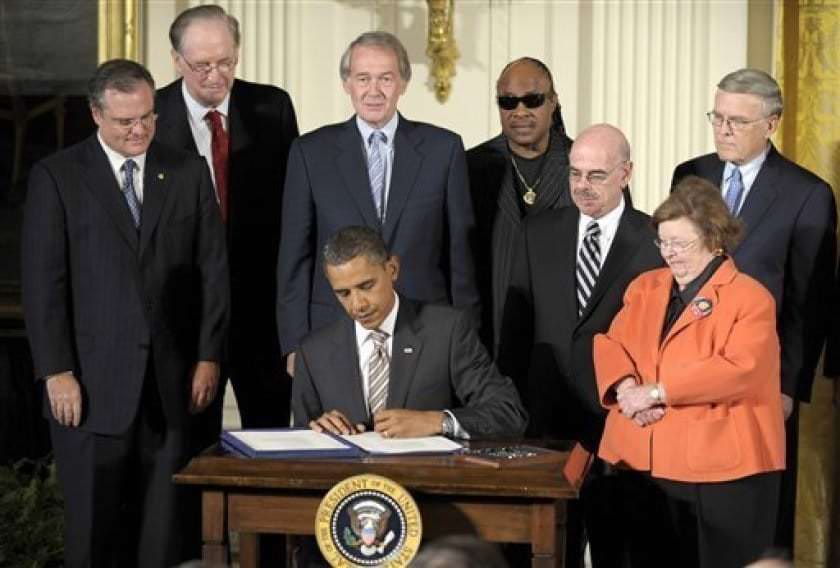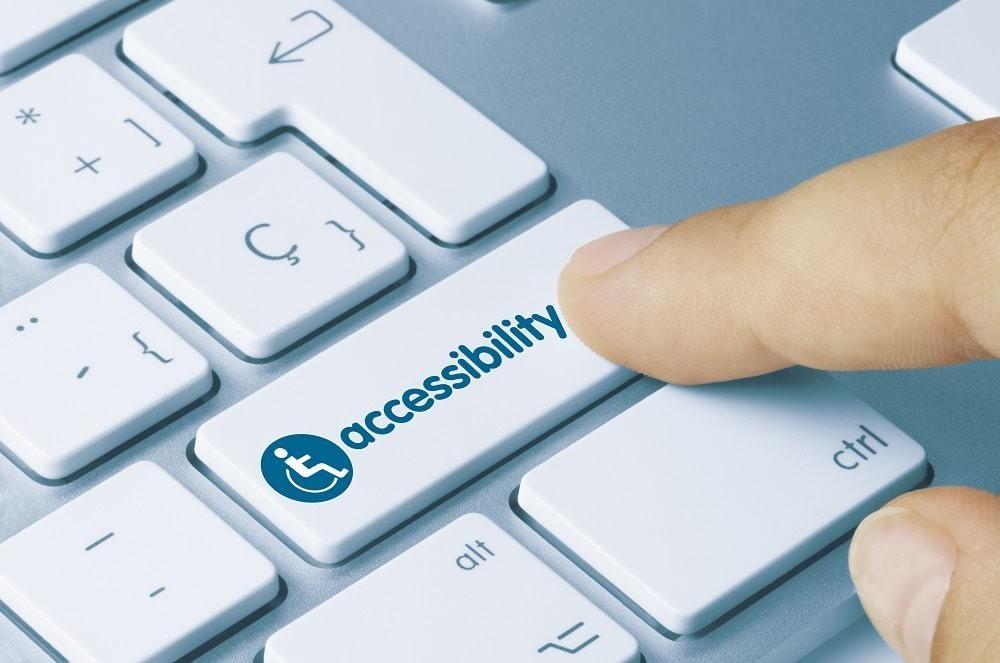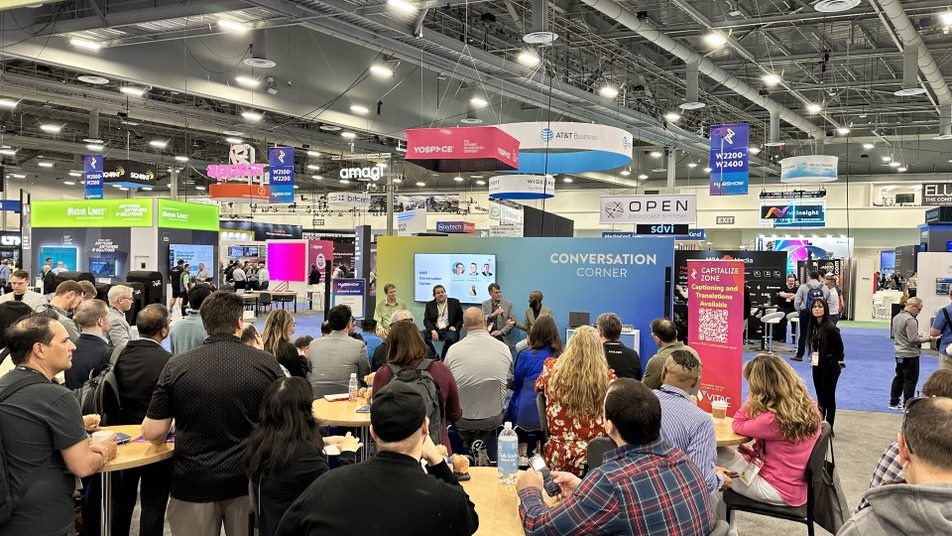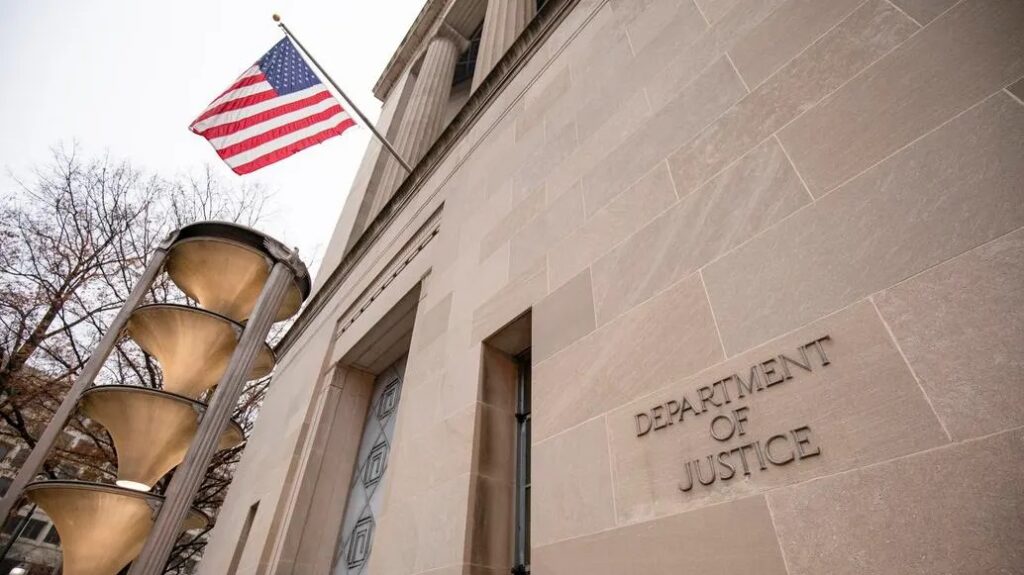The 21st Century Communications and Video Accessibility Act (CVAA) turns 10 years old this week.
 Signed into law by President Barack Obama on October 8, 2010, the CVAA updated federal communications regulations to increase access to modern communications for people with disabilities. The CVAA made sure that accessibility laws enacted in the 1980s and 1990s were brought up to date with 21st century technologies, including new digital, broadband, and mobile innovations.
Signed into law by President Barack Obama on October 8, 2010, the CVAA updated federal communications regulations to increase access to modern communications for people with disabilities. The CVAA made sure that accessibility laws enacted in the 1980s and 1990s were brought up to date with 21st century technologies, including new digital, broadband, and mobile innovations.
The law was designed to make technologies – both existing and emerging – accessible for all, and ensure that no one is left behind. Whereas the passage of the Americans with Disabilities Act 20 years earlier addressed such things as wheelchair access, the CVAA addressed web access. Instead of access ramps, the CVAA provided online ramps to a fast-growing digital and online world.
It touched on a number of communications categories, including television and IP-delivered video programming; telecommunications relay services and emergency communications; and devices, equipment, connectors and mobile browsers. And thanks to the law, you now have the ability to view captions on your iPad, laptop, and mobile device, open a mobile app with your voice, ask your voice-activated television remote to call up captions or audio descriptions, have your phone read your text messages to you, and use web browsers with custom screen reading software.
Video Programming
The CVAA’s rules for video have been crucial in bringing captions to the internet, requiring that any program broadcast on television with captions must also be captioned when it’s delivered via Internet Protocol (IP).
And the rules couldn’t have come at a better time as the popularity of online content has skyrocketed since the CVAA’s passage, with studies showing that by 2022 online videos will make up more than 82% of all consumer internet traffic — 15 times higher than it was in 2017.
The CVAA also was important for bringing accessibility to video-on-demand and streaming services like Apple, Hulu, and Amazon. A 2020 survey found that 62% of respondents reported that they or someone in their household currently subscribed to a steaming service, while another report showed that 25% of adults between the ages of 18 and 29 watched or streamed movies every day.
The CVAA video programming rules also:
● Restored audio description regulations promulgated by the Federal Communications Commission (FCC) in 2000, and authorized future expansion of audio description. In fact, the FCC last April announced it was considering a proposal to require 40 more broadcast markets to provide access to audio descriptions of video programming.
● Required video programming distributors, providers, and owners to convey emergency information in a manner that is accessible to people who are blind or with low vision.
● Expanded the requirement for video programming equipment capable of displaying captions to devices with screens smaller than 13 inches (such as laptops and smart phones), and required those devices to be able to pass through audio descriptions and emergency information that is accessible to people who are blind or with low vision.
● Required devices designed to record TV programs to pass through captions, audio description, and emergency information so that viewers are able to turn on/off the captions and audio description when the TV program is played back.
● Established deadlines for the FCC to respond to requests for exemption from the closed captioning rules.
● Required user controls for TVs and other video programming devices to be accessible to people who are blind or with low vision, and required such devices to have a button, key, or icon designated for turning on and off captions and audio description.
Telecommunications Access
Among the telecommunications access areas the CVAA addresses are:
● Required advanced communications services and products (such as interconnected voice over internet protocol (VoIP), electronic messaging, and video conferencing services) to be accessible by people with disabilities. This includes, for example, text messaging, email, instant messaging, and video communications.
● Required access to web browsers on mobile devices by people who are blind or with low vision.
● Updated the definition of telecommunications relay services (TRS) to include people who are deaf-blind and to allow communication between and among different types of relay users.
● Authorized the FCC to ensure reliable access to next generation 911 services by people with disabilities.
● Tightened deadlines for the FCC to respond to consumer complaints, and required biennial reporting by the FCC to Congress.
CVAA Anniversary Program
The FCC will recognize the 10th anniversary of the 21st Century Communications and Video Accessibility Act and its importance in building a more accessible telecommunications world for people with disabilities with a public program this Thursday, Oct. 8, beginning at 2 p.m. ET. The event will be virtual and can be viewed online at www.fcc.gov/live. Registration is not required.
The event will include a panel discussion on the CVAA’s major milestones, and a look at the challenges that lie ahead. The panel will feature the FCC’s Diane Burstein, Deputy Chief, Consumer and Governmental Affairs Bureau (CGB); Suzy Rosen Singleton, Chief, CGB Disability Rights Office (DRO) and Will Schell, Attorney-Advisor, DRO; and the co-chairs of the Disability Advisory Committee, Isidore Niyongabo and Brian Scarpelli.
To ask questions during the panel session, email your questions to livequestions@fcc.gov.




